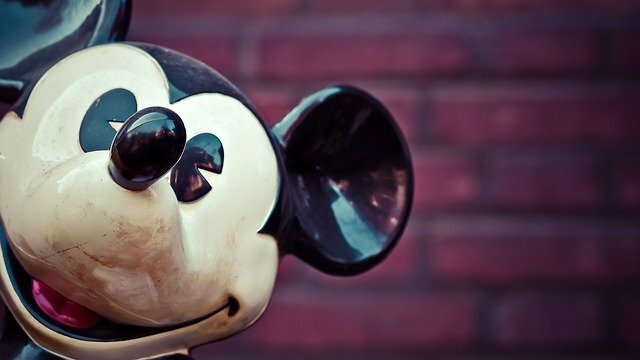Over the past couple of years, I’ve been a fan of the Hourly History book series. If you’re not familiar with them, they’re short histories or biographies that are written to be read in an hour or less. I love finding an Hourly History book about an era or person with whom I’m not familiar and getting a quick education.
I signed up for the Hourly History newsletter a few months back because they offer several free e-books every week. Not long ago, one of the free books was a bio of Walt Disney. As a Disney fanatic – and somewhat of an amateur Disney historian – I was intrigued to see what the Hourly History treatment would bring to the long list of Walt Disney biographies.
For those of you who aren’t familiar with the subgenre of Walt Disney biography, fans of the man and the company have suffered from dashed expectations time and time again. You see, far too many biographers pepper their Walt Disney bios with disinformation. The most common false accusation lobbed at Walt is antisemitism, but I’ve also heard less-specific charges of racism and sexism, along with allegations that Elias Disney abused his son.
The disinformation is pervasive enough that I’ve written about it multiple times, and I’ve considered writing a book debunking it over the years. I maintain that the disinformation stems from Walt’s affection for traditional American and Judeo-Christian values. So naturally I approached the Hourly History bio on edge with the expectation that I might get a taste of the same old, same old disinformation.
I read it in about 20 minutes. It reads at a brisk pace, flying through Walt’s childhood and early struggles before setting in place quickly mentioning the successes that most of us are familiar with. The author – who remains anonymous in all Hourly History books – skims over many aspects of Walt’s life, which is suppose is understandable when you try to cram 65 years of astounding accomplishments into such a short work.
Once I finished the book, I put my Kindle down in dissatisfaction, but not for the reasons I expected. Not only did Hourly History get some dates wrong, but the book also made two errors that I just can’t forgive.
The first error was a mischaracterization of Walt’s relationship with his employees. The author took the coolness with which Walt treated Ub Iwerks after his return to the Disney studio team as the template for how he treated his employees in general. It’s true that, after the 1941 strike, Walt maintained some professional distance from most of his employees, but he treated most of them warmly, even though he wasn’t as close with them as he was in the early studio days.
The second error bothered me even more. The author spent a little time on the World War II years, when the United States military took over the studio property and Walt and his team made training films and shorts to boost the war effort to make a little money during that tough time.
The book maintains that Walt resented making what the author calls the “propaganda” shorts like “Der Fuhrer’s Face” and “Education for Death.” That characterization couldn’t be farther from the truth. While it’s true that Walt didn’t enjoy the boring training films that the studio had to make, he relished making the shorts that either made fun of Hitler or demonstrated the danger that Europe and the rest of the world faced at the impending hand of fascism.
Needless to say, I walked away from Hourly History’s biography of Walt Disney more than a little disappointed. When an author intentionally writes a short bio of someone as well-known as Walt, big errors like the ones I highlighted stick out that much more. Not many readers will nitpick like I do, but an author has a responsibility to get the facts straight – especially when so many other authors have gotten aspects of Walt’s life so flat-out wrong.
***
image via MichaelGaida (Pixabay)



Comments
Leave a Reply